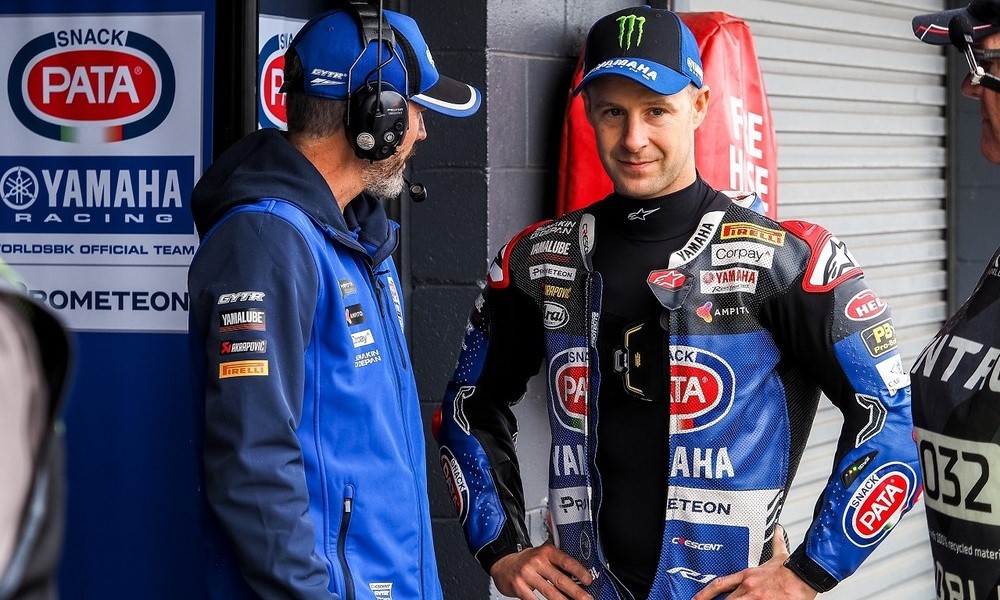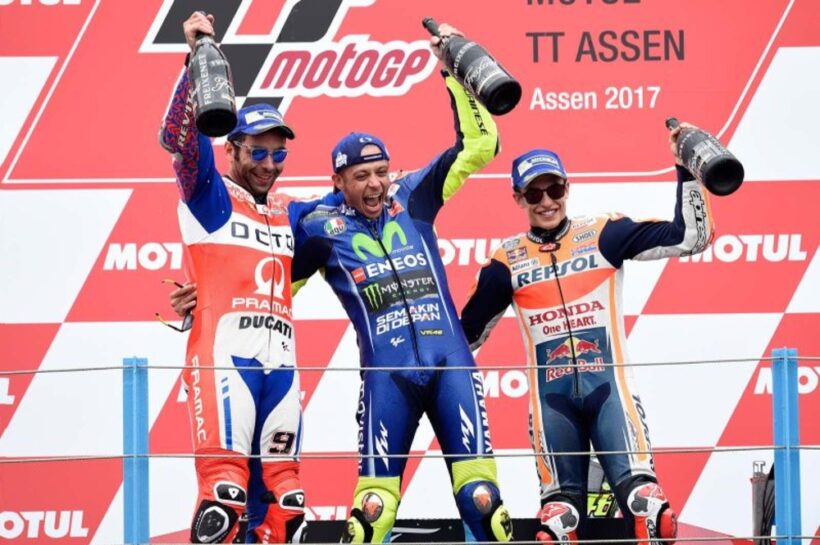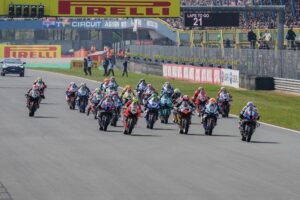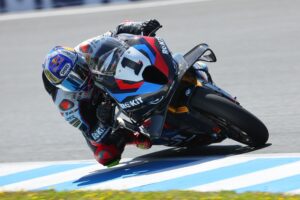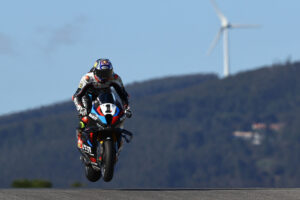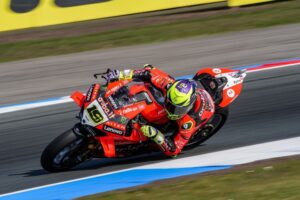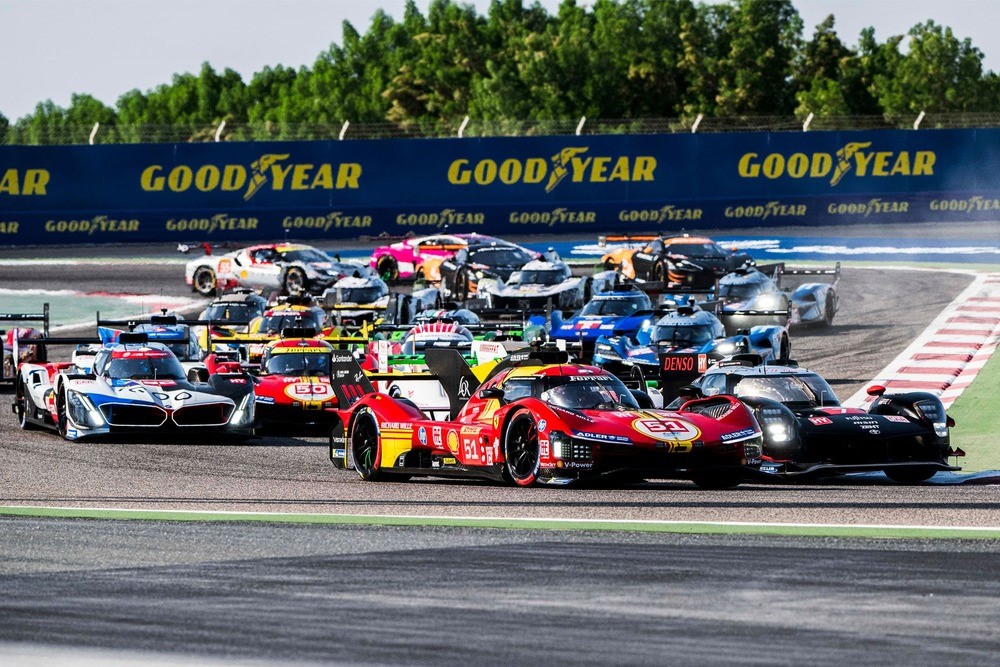Yamaha WorldSBK rider Jonathan Rea recently voiced his concerns over the escalating WSBK speeds, advocating for a reduction to improve safety and maintain competitive integrity in the World Superbike Championship.
As a six-time world champion, Rea’s insights carry significant weight within the motorsport community, especially as the sport evolves with increasingly powerful machinery and advanced technology.
Jonathan Rea’s apprehensions stem from the realization that the current performance levels are pushing the limits of safety at various racetracks.
“The performance of the engines and the speeds we are reaching with them are taking us to the limit at the tracks where we currently race,” the Irish racer told the German edition of Motorsport.com.
“We are building more and more powerful engines and constantly achieving faster times. The tyres are also getting better and better [and] this translates into faster laps.
This statement reflects a growing concern among riders about the potential dangers associated with high-speed racing. With increasing WSBK speeds, the risks associated with racing also increase, making it imperative to reassess speed regulations to prioritize rider safety.
The context of Rea’s comments is particularly relevant given recent developments in MotoGP, WSBK’s sister series. Starting in 2027, MotoGP will implement new regulations aimed at reducing speeds through a combination of engine capacity limitations and aerodynamic restrictions.
The introduction of 850cc engines and the elimination of certain technological aids, such as ride height devices, are expected to slow down the bikes significantly.
This move has garnered support from various stakeholders within the racing community, including FIM president Jorge Viegas, who has indicated that similar changes may be necessary for WSBK to ensure that production-based machines do not outpace grand prix bikes.
In response to these evolving dynamics, Jonathan Rea has suggested that WSBK should consider adopting similar measures to those being implemented in MotoGP.
The 37-year old noted that while there will be a slight reduction in WSBK speeds next year due to a new fuel flow limit of 47kg/h, he believes that more substantial changes are necessary.
The current trajectory of engine development is leading to increasingly powerful bikes capable of achieving faster lap times, which could pose challenges at certain circuits where safety barriers cannot be adjusted further.
Rea’s perspective is not solely based on personal experience but also on a broader understanding of motorsport safety. He emphasized that as circuits evolve and new tracks are introduced, there is a risk that some may not be equipped to handle the WSBK speeds being generated by modern superbikes.
“On some circuits, the walls cannot be moved any further back,“ he added. “I am convinced that we will visit tracks in the future where the situation is not worse.
“MotoGP is taking a step back and I think it is right that we do the same.”
Moreover, Jonathan Rea pointed out an interesting comparison with the British Superbike Championship (BSB), which has implemented standardized control electronics to manage performance levels among competing teams.
He believes that adopting similar measures in WSBK could help maintain parity among teams while ensuring that no single manufacturer gains an overwhelming advantage through technological advancements alone.
“In the BSB, a championship held under the FIM label, there is a uniform ECU,“comments Rea. “Maybe that is a solution, but as a driver I am not that involved in the technical processes.
“I will ride with what we have to ride with. But there will certainly be a lot of headaches in the coming years to manage the rules.“
By regulating certain aspects of bike performance, WSBK could foster a more level playing field while addressing safety concerns associated with high-speed racing. Harder tires would be another alternative and a relatively simple solution.
“Yes, but harder tires mean less grip and that is a safety risk,“ says Jonathan Rea. “We could then see more highsiders again. It’s a problem that I’m not clever enough to solve.
“But something has to be done.“

